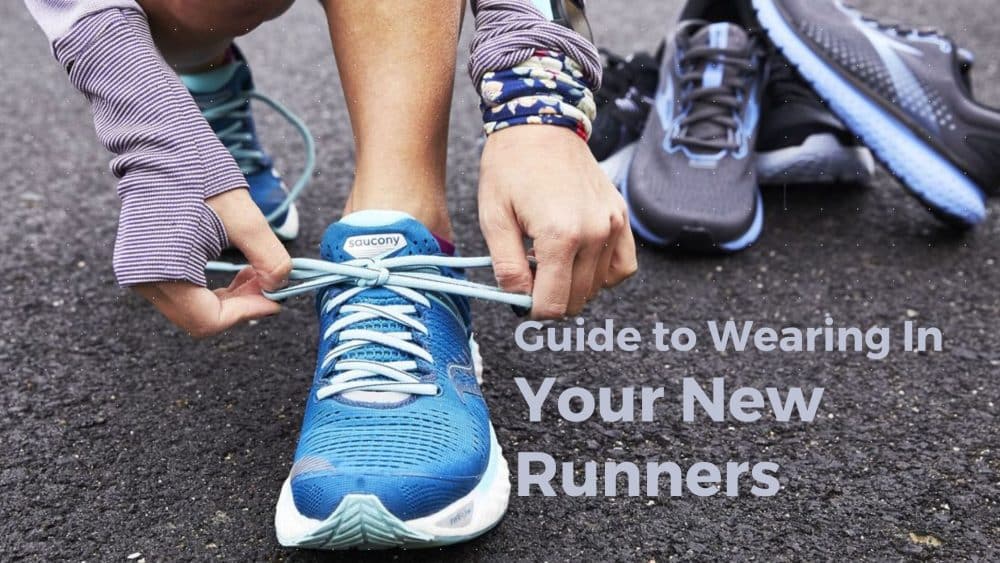We all love the feeling and look of a brand new pair of runners. They tend to feel more cushioned and supportive than our old pair. When wearing in new runners you may throw out your old ones, go for a long walk or wear them all day. But before you do, read this!
When to Purchase New Running Shoes:
Running shoes tend to last 6 months or up to 800 kilometers. You may feel as though your runners are really comfortable and feel like a sock, and not until you develop holes in them do you realize you need to throw them out.
Little do we realize, over time the cushioning of the sole of the runner will compress, altering our foot function. Shoes get used to the way we walk and run.
When runners are no longer supportive and lose shock absorption they can predispose you to an ankle sprain or strains.
If you have noticed that your runners are feeling less spongy than when you bought them, this is due to the compression of the sole. Therefore, checking the bottom of our runners around 6 months of regular wear will help to indicate whether or not a new pair is needed.
When you get a new pair, do not throw out your old pair. It can take up to 2-3 weeks to adjust to these new runners. New runners will often feel spongier, supportive, and feel tighter. As the old runners have become like a sock, your foot isn’t used to feeling so supported. This change if done to suddenly will cause strain on hips and knees.
Steps to Wearing In New Runners:
- Roll a ball slowly under your arch before and after wearing your new runners for the first 3 days.
- Wear your new shoes casually for 1-2 hours and then change back into your old runners.
- Gradually build up casual wear up to 8 hours first before undertaking exercises in your new runners.
- Only run/walk 25% of what you usually run in the first week and monitor how you are feeling.
- By week 2 you can run/walk up to 50% of regular running/walking capacity, and 75% by week 3.
- If you have no new aches or pains in your joints you can progress to full capacity by week 4.
- As runners are tighter at first, please remember to wear slightly thicker socks to prevent rubbing and blisters.
- Alternate between your old runners.
If you feel as though your runners are not quite right or unsure of which runners to purchase based on your gait, you would benefit from a Podiatry assessment and referral Script to take to Active Feet or The Athletes Foot.









